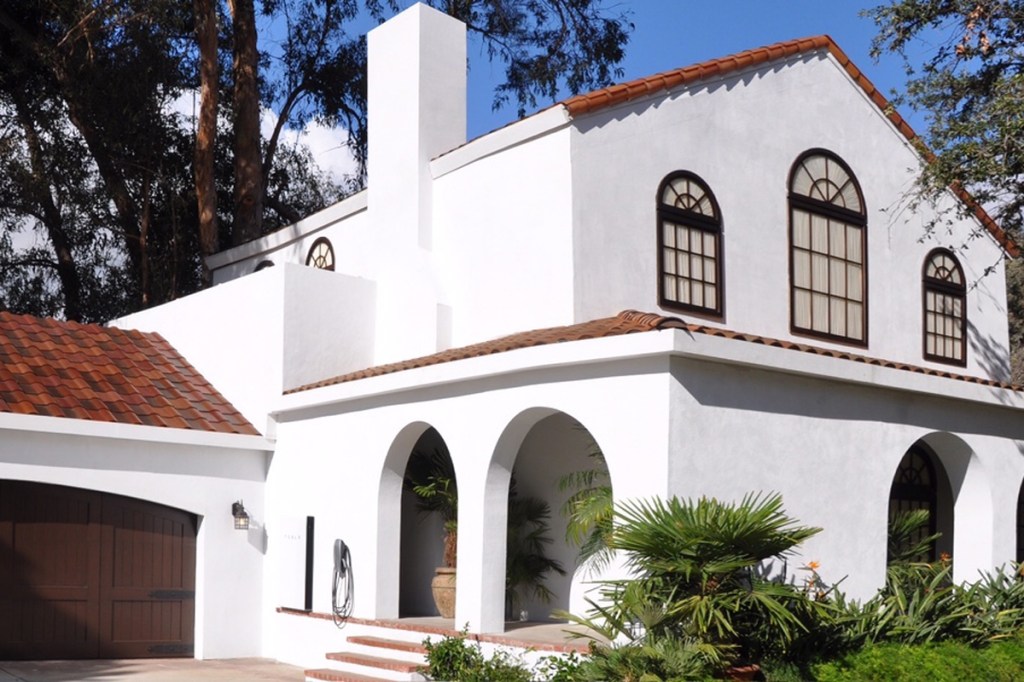Tesla recently announced a plan to produce solar tiles for residential project that look like convention terra-cotta and slate shingles. Introduced at an Oct. 28 press event, each tile comprises a textured glass layer that allows sunlight to penetrate to a layer of flat solar cells, which will be produced by Panasonic, according to an announcement made earlier this month. Tesla will provide not only the tiles, but also Powerwall 2, potentially the most affordable residential lithium-ion battery for electricity storage on the market, according to Bloomberg. “It is the metaphoric ‘super-car’ of residential solar,” says Hugh Bromley, a solar analyst at Bloomberg New Energy Finance. “It portrays cutting-edge technology with broad appeal, but … it competes in a solar market where most customers are comfortable in a family sedan.” [Bloomberg]
ICYMI: Researches at Stanford University have found that the effects of workplace stress are comparable to those of secondhand smoke. Here are six design decisions that could promote health and reduce productivity costs within the office. [ARCHITECT]
Amsterdam-based designer Teresa van Dongen created an LED pendant lamp that runs on electrochemically active bacteria, a teaspoon of acetate every two weeks, and a teaspoon of water every month. [Teresa van Dongen]
Montreal-based product and brand consultancy Pearl Studios CEO Mladen Barbaric takes the tape measure to the next level with InstruMMent 01, a handheld surveyor’s wheel modeled to look like a pen. [Wired]
WindowSocket, designed by Samsung Art and Design Institute graduates in Seoul, is a prototype of a solar-powered plug that can be attached to any window via a suction ring. [Core77]
Indian multinational conglomerate Larsen & Toubro has been hired to transform Nagpur, India’s largest city, into the country’s first “smart city” through features such as 100 interactive kiosks, 3,800 networked cameras, 745 miles of fiber network cables, and 136 Wi-Fi hotspots. [Global Construction Review]
Later this year, Adobe is set to launch a beta for Project Felix, a graphic-design application that uses a V-Ray engine to create photorealistic renderings made up of 3D and 2D assets. [Ars Technica]
